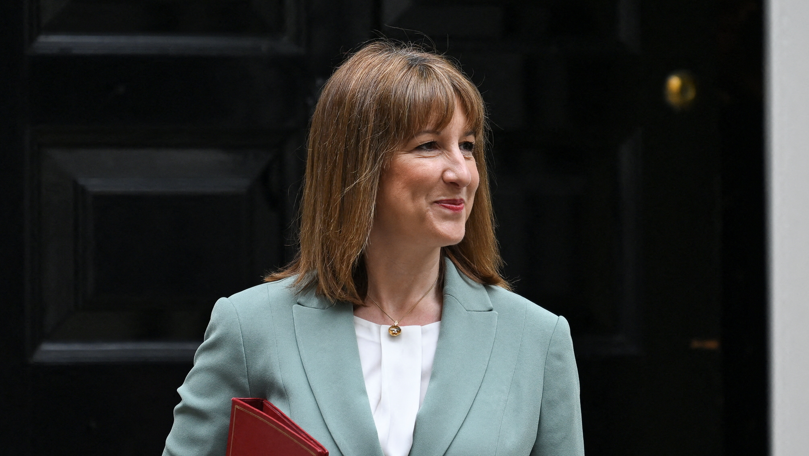Key points at a glance from the Spending Review

- Published
Chancellor Rachel Reeves has unveiled the contents of the UK's first multi-year spending review since 2021.
The review sets the day-to-day budgets of government departments over the next three years, used to pay staff and deliver public services.
It also sets their investment budgets until the end of the decade, to pay for new infrastructure such as hospitals, schools, and military kit.
Here is a summary of the key points.
Health
Day-to-day budget for the NHS in England to go up by 3% on average over the next three years, accounting for inflation, reaching £226bn by 2029
Investment budget to be held in real terms over next three years, following rises over the last two years
Up to £10bn earmarked by 2029 for new technology, including improving the NHS App and delivering single patient records
The health department will be asked to deliver around £9bn in "efficiency gains" by 2029, out of a government-wide target of £13.8bn
Education
Core schools budget in England to go up by 0.4% in real terms on average over the next three years, reaching £69.5bn by 2029
Free school meals to be extended to about 500,000 more children from September 2026, costing around £490m per year
Reeves admits some will lose out in spending review
- Published4 June
IFS says tough public spending choices unavoidable
- Published1 June
Crime, justice and borders
Home Office day-to-day budget to go down by 1.7% in real terms over the next three years
Ministers say they hope to reduce the department's spending on hotels for asylum seekers, and end their use by the next election
They insist police "spending power" will still go up by 1.7% in real terms, based on the assumption that it will be paid for, in part, by increases in council tax
The Ministry of Justice budget, which pays for prison and court costs, to see average real-terms rises in day-to-day spending of 1.8% a year, although its investment budget will go down by 2.1% in real terms
Defence
Ministry of Defence day-to-day budget to go up 0.7% in real terms, with a big 7.3% average annual rise in investment spending
The government has pledged to increase defence spending from 2.3% to 2.5% of overall economic output by 2027
It is facing pressure from allies to go further, ahead of a key Nato summit later this month

Housing and local government
Ministry of Housing, Communities and Local Government (MHCLG) to see 1.4% real-terms cut in day-to-day budget
The government says councils' "core spending power" will still go up, if they increase council tax by the maximum amount
£39bn allocated for social housing in England between 2026 and 2036, an average of £3.9bn a year over the period compared to £2.3bn currently

Transport and environment
Transport department day-to-day budget cut by 5% in real terms - with the government arguing savings will be made when private train companies are nationalised over the coming years
£15.6bn allocated between 2027 and 2031 for transport projects in English city regions outside London
£3 cap on single bus fares in England extended until March 2027
Environment department day-to-day budget to fall by 2.7% in real terms
Energy
Energy security department budget to go up 0.5% in real terms for day-to-day spending, and 2.6% for investment
Additional £11.5bn committed towards the cost of building the Sizewell C nuclear power plant in Suffolk, which will also require private investment
International affairs
Foreign Office day-to-day budget to go down by 6.8% in real terms over next three years, the biggest drop, largely due to reduced aid spending
Overseas aid will make up spending 0.3% of national income by 2027, under previously-announced plans
Science and technology
Department for Science, Innovation and Technology day-to-day budget to rise by average 7.4% in real terms
£2bn allocated over next three years to deliver the government's "opportunities action plan" for artificial intelligence
£750m set aside to fund a new supercomputer at Edinburgh University, reversing a controversial cut in the early weeks of the Labour government
Scotland, Wales and Northern Ireland
Additional spending in England will be be matched by an extra £5.7bn per year on average for Scotland, Wales and Northern Ireland
Get in touch
What questions do you have about the Spending Review?